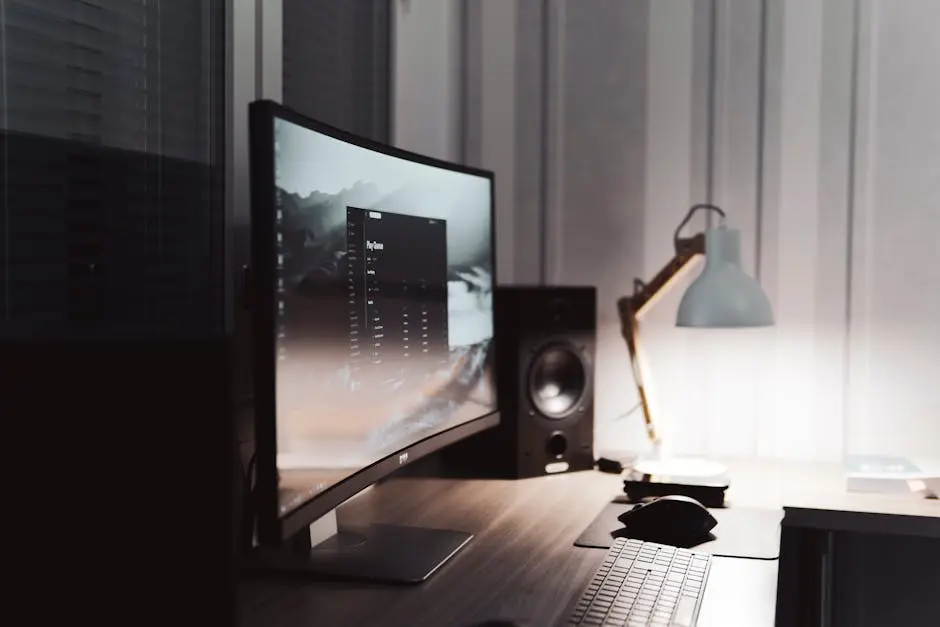What Role Does Lighting Play in Office Interior Design?
Lighting is a crucial yet often overlooked element in office interior design. It not only affects the aesthetics of a space but also impacts productivity and well-being. In this FAQ, we’ll explore the various roles lighting plays in creating an effective and pleasant office environment.
Why is Lighting Important in Office Design?
Lighting sets the mood of the office, influences how spaces are perceived, and can significantly affect employee comfort and productivity. In other words, light can transform a mundane office into a vibrant, motivating environment.
When entering an office space, the way light interacts with the area immediately influences one’s perception. Bright, well-lit spaces are often associated with openness and energy, while dim lighting can create a constricted and dull atmosphere. A strategic lighting design thus becomes essential; it shapes the overall ambiance of the workplace.
Moreover, lighting in office interior design is not solely about visibility; it’s about creating an environment conducive to work. For instance, layering light by combining ambient, task, and accent lighting adds depth and dimension to the office, which can be both visually appealing and functionally supportive.
How Does Lighting Impact Productivity?
Proper lighting reduces eye strain and fatigue, leading to better concentration and higher productivity. Think of how natural light streaming in through windows can boost mood and alertness—it’s exactly the same when lighting is thoughtfully integrated throughout an office.
An effectively lit workplace contributes to an optimal working environment. For example, lighting that mirrors the natural daylight cycle can improve employees’ circadian rhythms, promoting alertness during working hours and rest during downtime. According to a recent study on interior lighting, these considerations are crucial in boosting workplace efficiency by as much as 40%.
Incorporating dimmers and adjustable lights allows employees to control their own workspace lighting. This ability to personalize lighting settings helps individuals tailor their environment to their tasks, increasing their productivity and job satisfaction.
What Types of Lighting are Best for Offices?
A combination of natural, ambient, task, and accent lighting is ideal for a balanced office space. Natural light is particularly beneficial, not only for its mood-enhancing qualities but also for promoting energy efficiency within office settings.
Ambient lighting, which provides general illumination, should be coupled with task lighting for specific activities like computer work or reading. This layered approach helps maintain focus and comfort. Accent lighting can then be used to highlight architectural features or artwork, adding personality to the office environment.
When determining the best lighting solutions, it’s crucial to consider both functionality and aesthetics. According to guidelines from L Rose Interior Design, optimal lighting incorporates modern technology, such as LED lights for their energy efficiency and versatility.
How Can Lighting Affect Employee Well-being?
Good lighting can enhance mood and energy levels, leading to increased employee satisfaction and a healthier workplace environment. The psychological impact of poor lighting shouldn’t be underestimated; it affects mood, focus, and even mental health.
Lighting that supports natural body rhythms by simulating daylight can provide mental health benefits, such as reduced stress and improved overall happiness among employees. A workspace filled with natural light has been shown in studies to elevate mental well-being, enhancing creativity and focus.
Furthermore, ensuring that each workspace has access to proper lighting can prevent common issues like headaches and eye strain, which are often the result of poor lighting conditions. By addressing these concerns, businesses can foster a more inclusive and inviting environment.
The Impact of Thoughtful Lighting Design
In summary, lighting is a fundamental aspect of office interior design that goes beyond mere functionality. By carefully choosing and placing lighting, you can enhance productivity, improve employee well-being, and create a visually appealing environment. Remember to consider natural light, aesthetical design, and energy efficiency when planning your office lighting.

